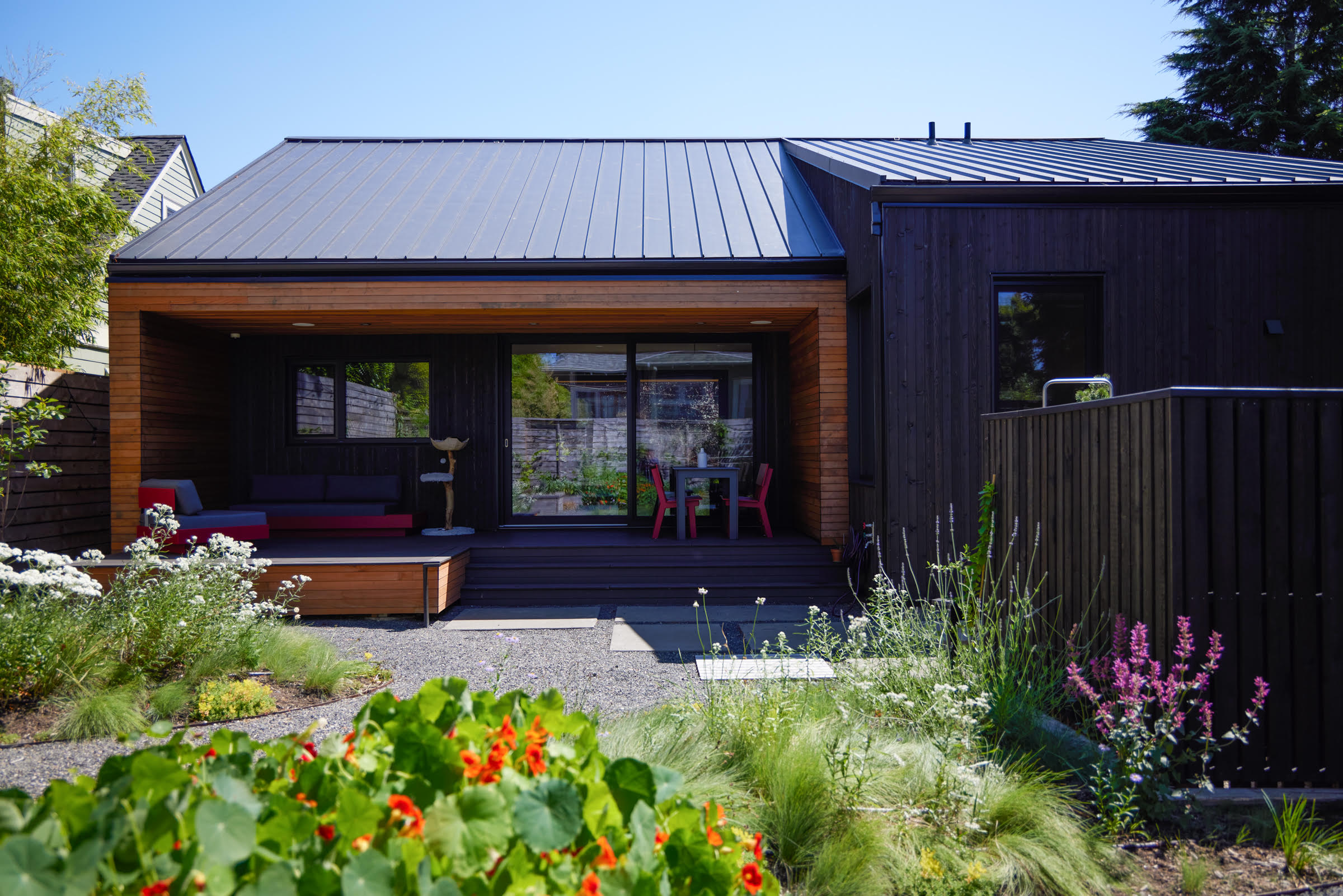“Fast furniture is designed to be inexpensive and easy to assemble, but this often comes at the expense of durability.”
During the pandemic, many home dwellers took the opportunity to redecorate their personal spaces. The demand for furniture strained logistics and supply chains. Lead times got longer and the items, when they did arrive, often had a clear lack of QC, both from the manufacturer’s end and the shipping itself. If you ordered a piece from Wayfair during this era, you might have noticed a slip in quality on pieces of already dubious craftsmanship.
Fast furniture refers to mass-produced, inexpensive furniture from large companies that’s designed to be assembled quickly and often have a short lifespan. This industry has seen significant growth over the past few decades, driven by consumer demand for affordable and trendy home furnishings. However, the convenience and low cost of fast furniture come with hidden environmental and health costs, a tab that will come due in this generation and the next.

Courtesy of Pexels.
The Rise of Fast Furniture
The fast furniture industry has grown rapidly for several reasons. First, the rise of e-commerce has made it easier than ever for consumers to purchase furniture online, often with the promise of rapid delivery. Companies like IKEA, Wayfair, and Amazon have capitalized on this trend by offering a wide range of affordable, stylish (often in knock-off designs) pieces that can be shipped directly to consumers’ homes. Additionally, the increase in urban living and smaller living spaces has driven demand for furniture that is both functional and space-saving.
Another factor contributing to the growth of the fast furniture industry is the frequent turnover in home decor fads. Social media platforms like Instagram and Pinterest have made it easy for consumers to stay updated on the latest trends, leading to a desire for constant home updates. This has created a culture of disposability, where furniture is seen as something to be replaced regularly rather than invested in for the long term.

Courtesy of Pexels.
Toxic Materials in Fast Furniture
One of the major concerns with fast furniture is the use of toxic materials in its production. Many fast furniture is made from particleboard, which is a composite material made from wood chips, sawdust, and a synthetic resin or binder. This resin often contains formaldehyde, a known carcinogen. Formaldehyde can off-gas into the home, potentially causing respiratory issues, skin irritation, and other health problems.
In addition to formaldehyde, fast furniture can contain other harmful chemicals such as volatile organic compounds (VOCs), flame retardants, and phthalates. VOCs can cause a range of health issues including headaches, dizziness, and long-term chronic illnesses. Flame retardants, which are added to make furniture meet fire safety standards, have been linked to hormone disruption and cancer. Phthalates, used to make plastics more flexible, can affect the endocrine system and have been associated with reproductive and developmental issues.
Lack of Durability
Fast furniture is designed to be inexpensive and easy to assemble, but this often comes at the expense of durability. The materials used in fast furniture, such as particleboard and low-quality plywood, are not as sturdy as solid wood or other high-quality materials. This means that fast furniture is more likely to break, warp, or wear out quickly.
Furthermore, the construction methods used in fast furniture are often less robust than those used in higher-quality pieces. For example, joints may be held together with staples or glue rather than more durable methods like dovetail joints or mortise and tenon joints. As a result, fast furniture typically has a much shorter lifespan than higher quality pieces.
Environmental Impact
The environmental impact of fast furniture is significant. According to a report by the Environmental Protection Agency (EPA), in the United States alone, 12.1 million tons of furniture and furnishings were generated as waste in 2018. Of this, only 2.9 million tons were combusted for energy recovery, and a mere 0.6 million tons were recycled. The remaining 8.6 million tons ended up in landfills.
The production and disposal of fast furniture contributes to deforestation, pollution, and greenhouse gas emissions. The extraction of raw materials, manufacturing processes, and transportation all have significant carbon footprints. Additionally, the disposal of fast furniture in landfills leads to the release of methane, a potent greenhouse gas, as the materials break down.

Courtesy of Pexels.
How to Move Away from Fast Furniture
To mitigate the negative impacts of fast furniture, consumers can pivot to more sustainable options such as handmade pieces, vintage furniture, upcycling, and recycling.
Handmade furniture
Handmade furniture is crafted by artisans using traditional techniques and high-quality materials. These pieces are often made to last a lifetime and can be passed down through generations. While handmade furniture can be more expensive upfront, its durability and timeless design make it a worthwhile investment.
Vintage furniture
Purchasing vintage furniture is a great way to give new life to pieces that might otherwise end up in landfills. Vintage furniture is often well-made and has already stood the test of time. Additionally, buying second-hand reduces the demand for new furniture production, which in turn lowers the environmental impact.
Upcycling and Recycling
Upcycling involves taking old or discarded items and transforming them into something new and functional. This can be a fun and creative way to personalize your home while reducing waste. Recycling, on the other hand, involves breaking down materials to be reused in the production of new items. Many communities offer recycling programs for furniture, and some companies specialize in refurbishing old pieces.
Fast furniture offers convenience and affordability, but its hidden costs in terms of health, durability, and environmental impact are significant. By understanding these costs, consumers can make more informed choices about the furniture they purchase. Pivoting to more sustainable options like handmade, vintage, upcycled, and recycled furniture can help reduce the negative impacts of fast furniture and promote a more sustainable and healthier lifestyle.

Founder and CEO of Azure Road, Lauren Mowery is a longtime wine, food, and travel writer. Mowery continues to serve on Decanter Magazine’s 12-strong US editorial team. Prior to joining Decanter, she spent five years as the travel editor at Wine Enthusiast. Mowery has earned accolades for her writing and photography, having contributed travel, drinks, food, and sustainability content to publications like Food & Wine, Forbes, Afar, The Independent, Saveur, Hemispheres, U.S. News & World Report, SCUBA Diving, Plate, Chef & Restaurant, Hotels Above Par, AAA, Fodors.com, Lonely Planet, USA Today, Men’s Journal, and Time Out, among others.
Pursuing her Master of Wine certification, she has also been a regular wine and spirits writer for Tasting Panel, Somm Journal, VinePair, Punch, and SevenFifty Daily. Mowery is a graduate of the University of Virginia and Fordham Law School, and she completed two wine harvests in South Africa.
Follow her on Instagram @AzureRoad and TikTok @AzureRoad








